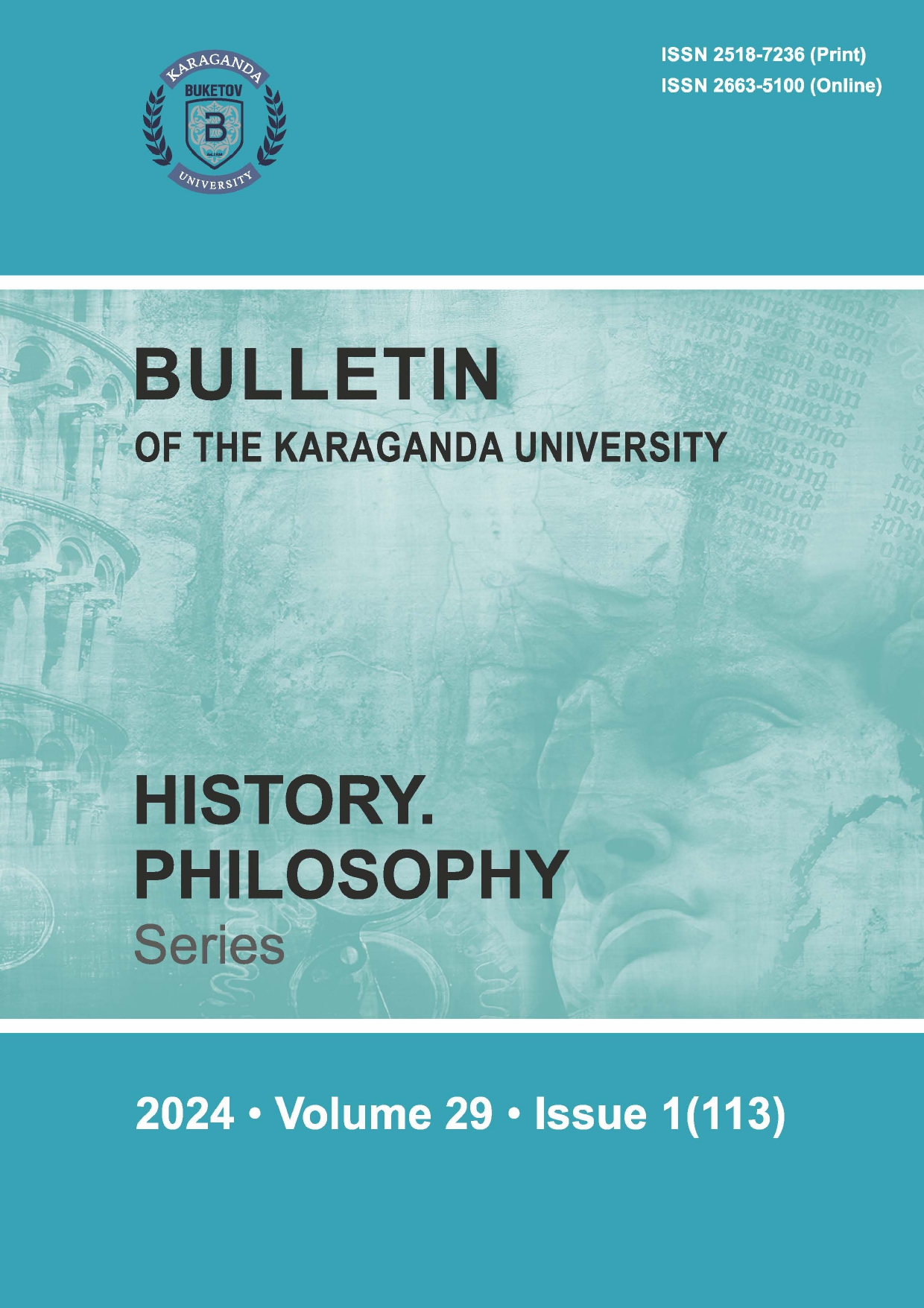On the composition of the osteological collection of the Dongal settlement
DOI:
https://doi.org/10.31489/2024hph1/82-89Keywords:
Kazakhstan, Dongal settlement, Dongal type of pottery, Bronze Age, Early Iron Age, transitional period, archaeozoology, herd composition, animal husbandry, huntingAbstract
The Dongal settlement is located 208 km southeast of the city of Karaganda. Based on his materials, a special type of ceramics was identified, called Dongal. Pottery of this type has features that connect it both with the previous Sargary-Alekseevsky culture of the final Bronze Age, and with the monuments of the early Iron Age. This establishes a genetic link between the cultures of the two historical eras. Thus, the Dongal type of monuments is of particular importance for understanding the cultural and historical processes that took place
during the transition from the Bronze Age to the Early Iron Age. The legitimacy of the allocation of the Dongal type was confirmed by the discovery of such ceramics not only in Kazakhstan, but also on the territory of the Russian Altai. In this article, the results of the analysis of the osteological collection of the Dongal settlement are considered, the composition of the herd is determined. It was established that the first place in the herd was occupied by small cattle (42.1%). The second place in terms of the number of bones is occupied by the horse (28.3%), the third place is occupied by cattle – 26.0%. Wild animal species such as argali, elk, deer, kulan, saiga and wolf have also been identified. Hunting for wild ungulates provided a significant part of the meat diet of the inhabitants of Dongal – bones from 33 kulans, 16 saiga, 10 argali were
identified. Small cattle were bred for the purpose of obtaining wool, cattle for the purpose of obtaining dairy products, and the horse was used for riding and as a draft animal.




